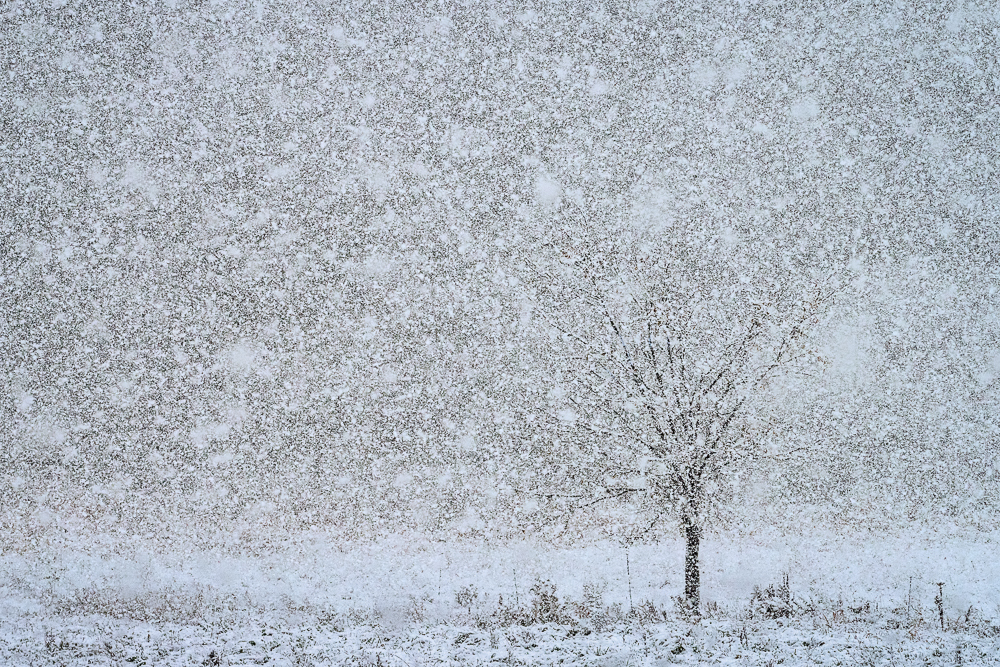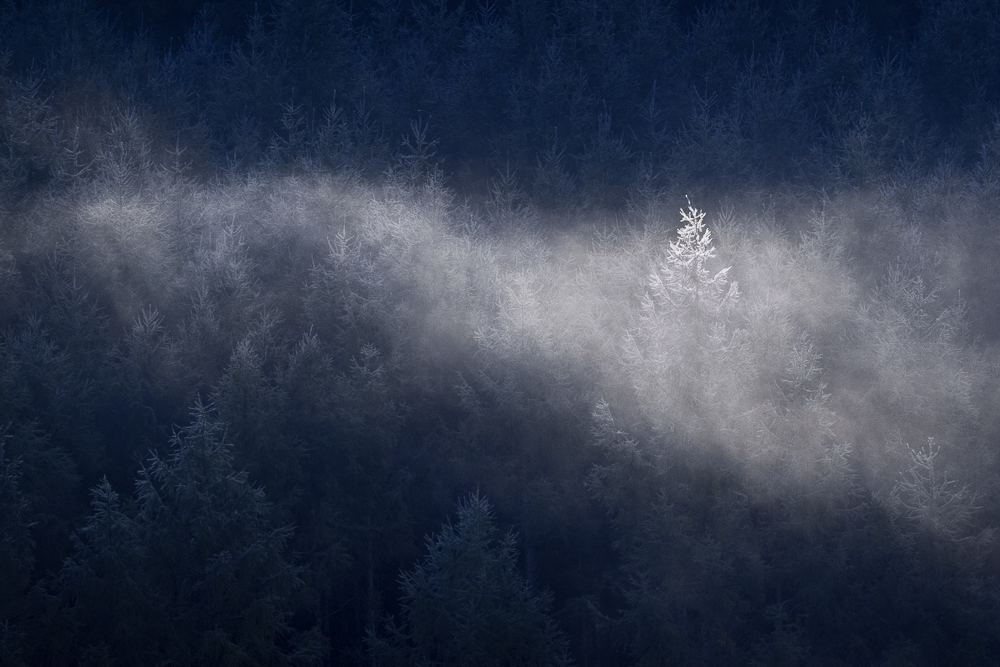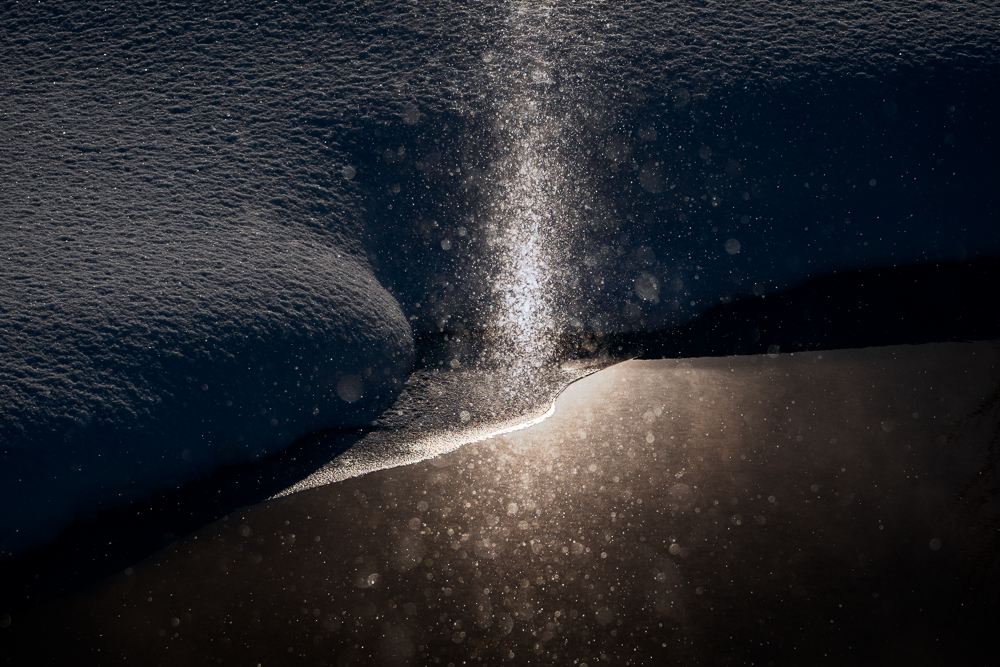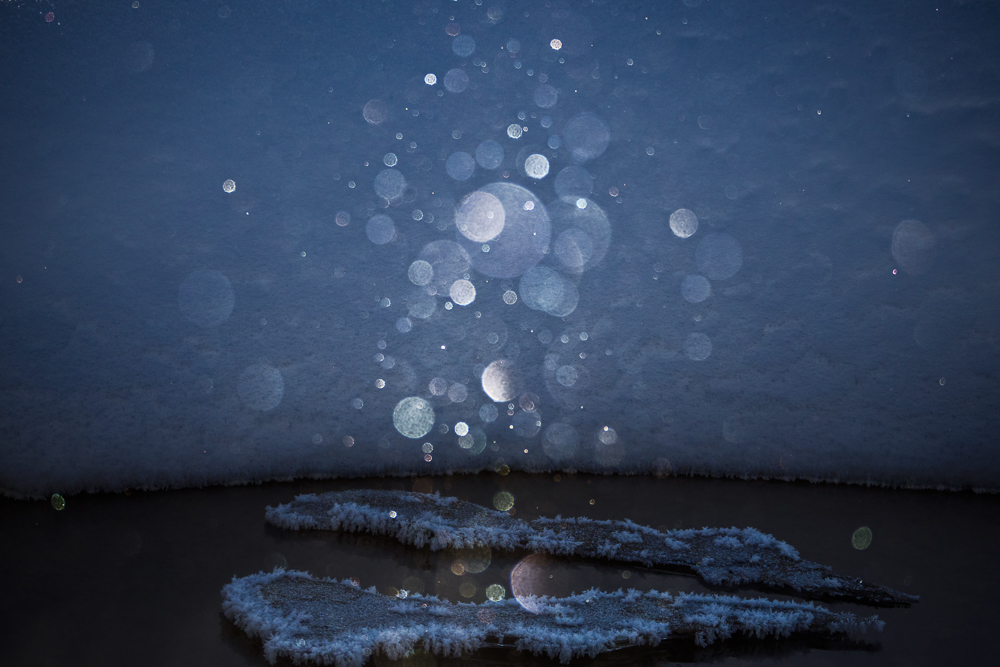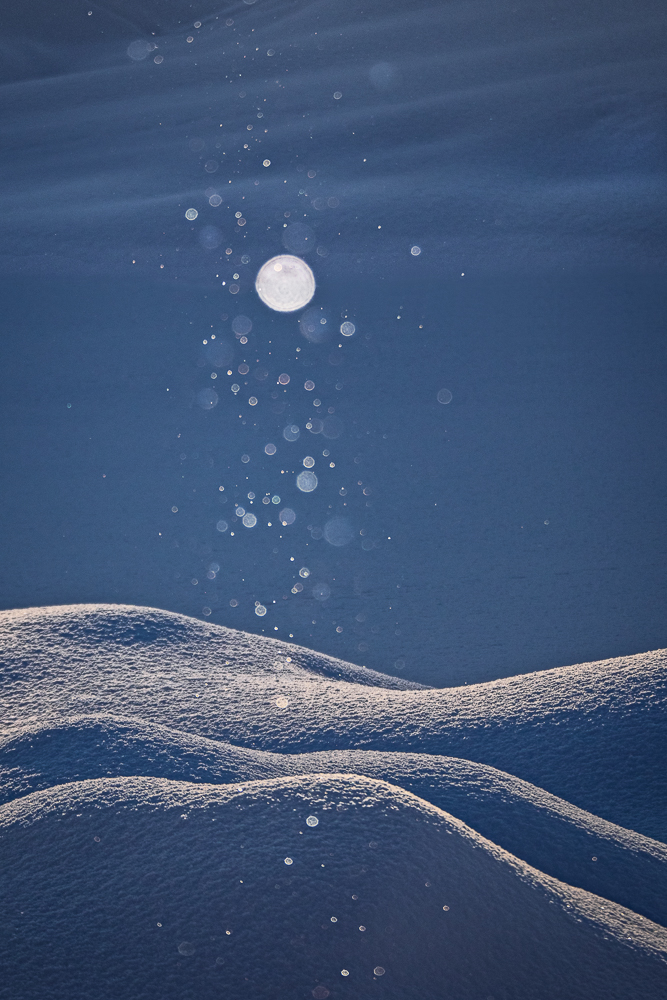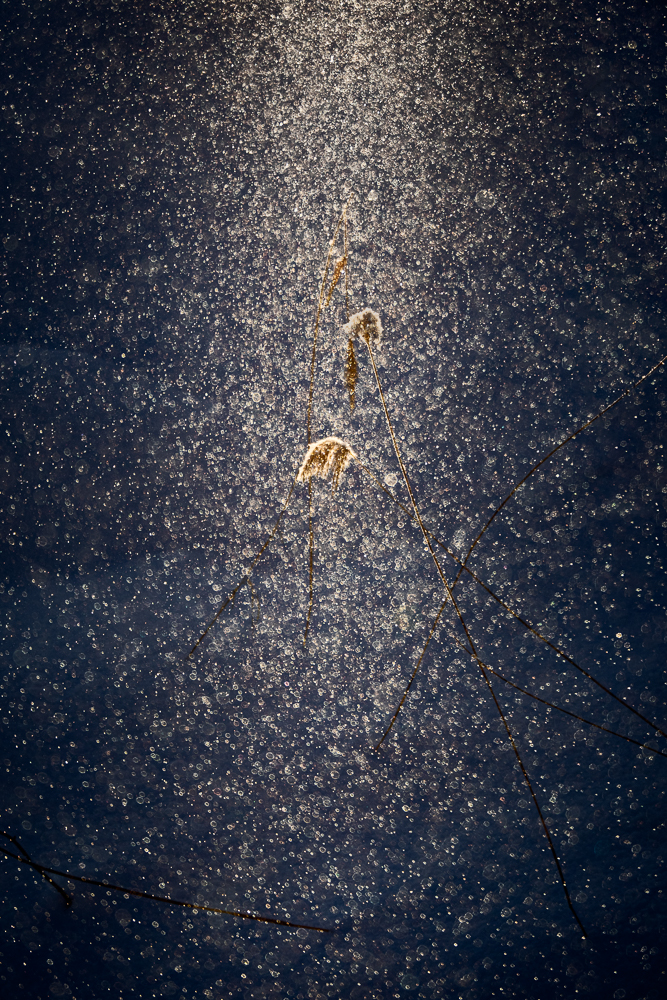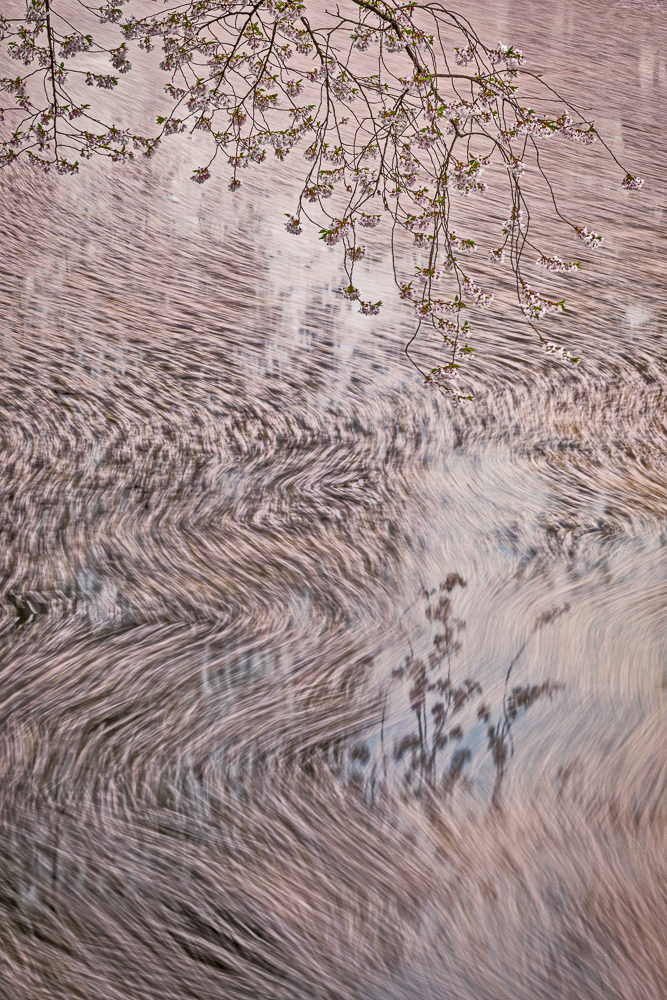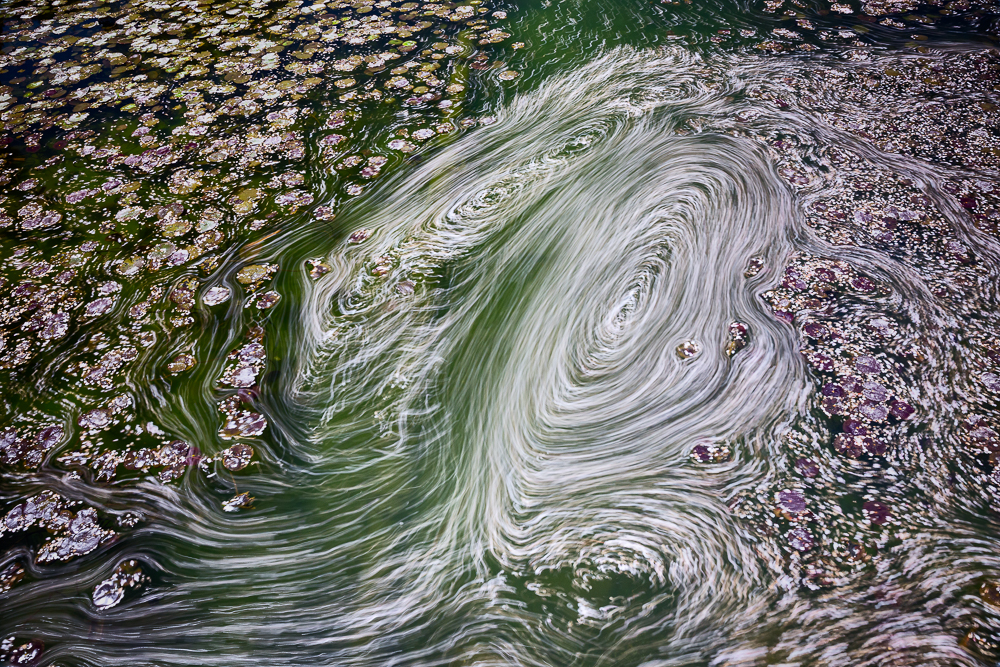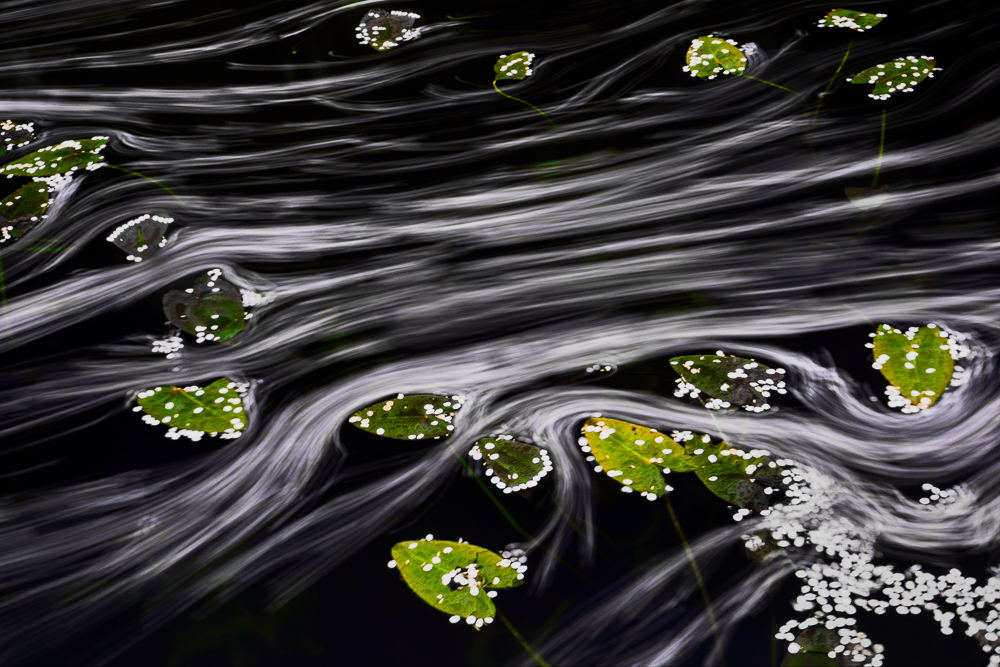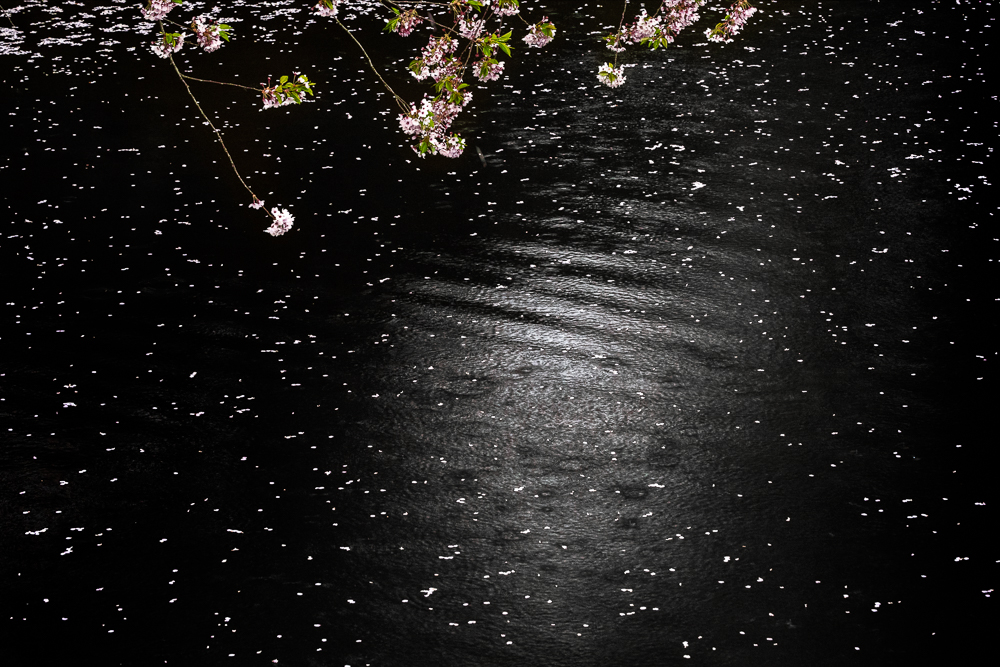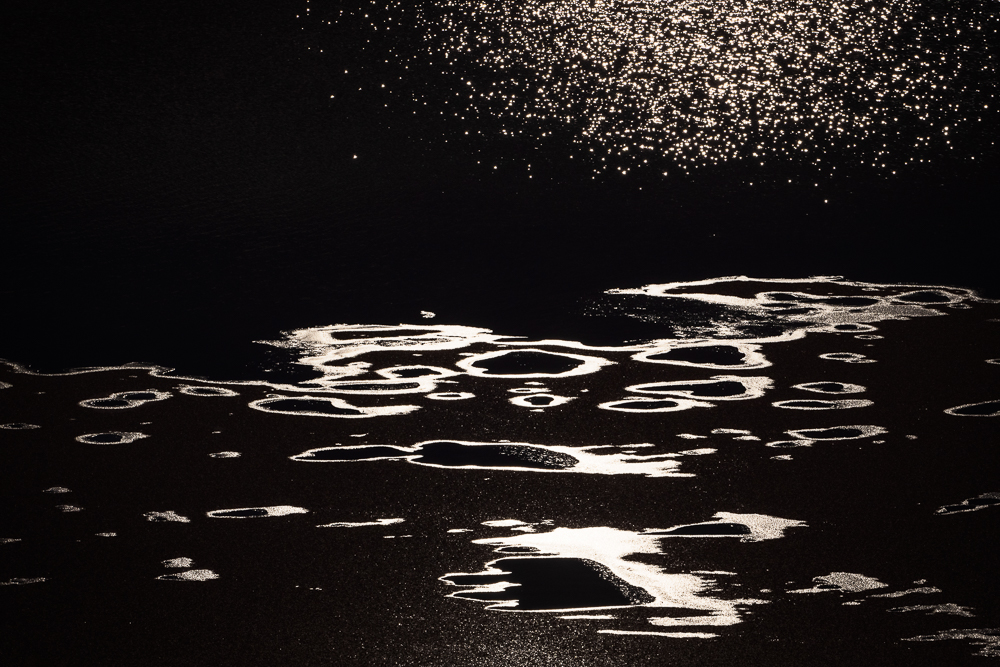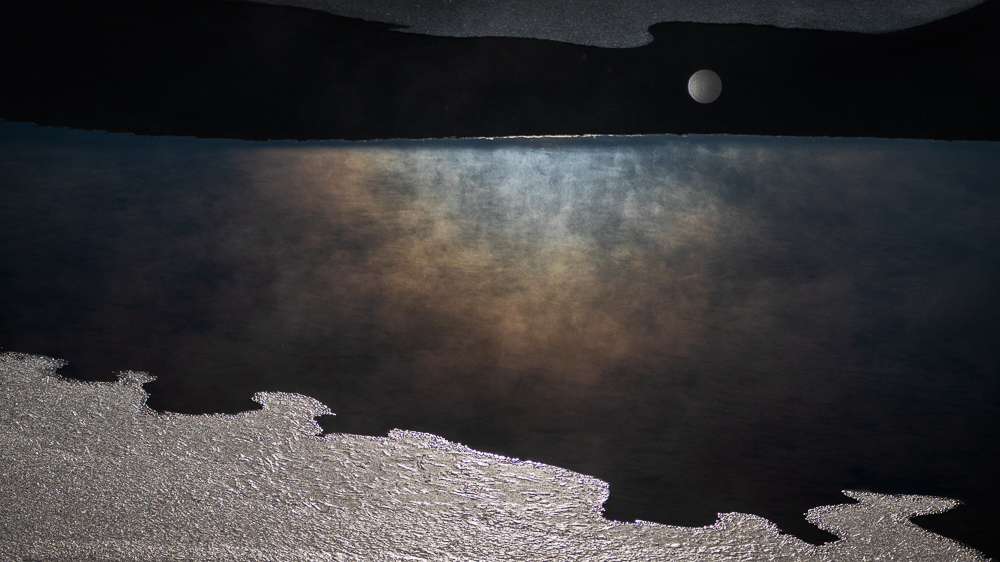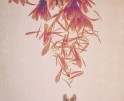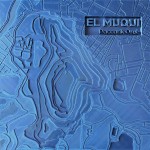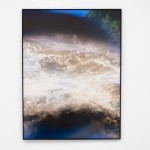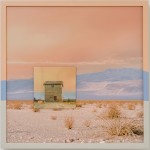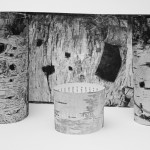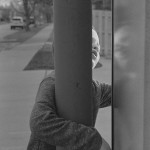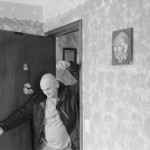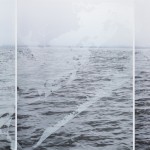Xuan-Hui Ng: Transcendent Winter Magic
Every Christmas I like to feature work that is inspiring in its beauty and soul-filling in its subject matter. Xuan-Hui Ng‘s exquisite capture of natural wonders is a balm for all the sadness and stress in the world. She helps us reset our our psyche’s, lower our blood pressure, and revel in the magic of winter, water, light, and snow. Her unique way of deep seeing the ephemeral qualities of the natural world, has also been a form of personal therapy. After the loss of her mother, she turned to photography with a desire to prolong the serenity that nature brought.
She recently opened the exhibition, Transcendence: Awakening the Soul, at the Griffin Museum of Photography that will run through January 7, 2024. She also has work currently featured in the Atlanta Photography Group / APG‘s Airport Exhibition 2023. The group exhibition will be on view at Hartsfield-Jackson Atlanta International Airport (ATL) until January 2024. And she teaches sold-out workshops at the Santa Fe Workshops.
Xuan-Hui Ng is from Singapore and currently lives in Japan. Her work is represented by Foto Relevance gallery in Houston, Texas, with her debut solo show in 2021.
She is a Critical Mass Finalist, 2021, 2022 and 2023. Her work has been juried into exhibitions at the Griffin Museum, Davis Orton Gallery, Southeast Center for Photography, Texas Photographic Society, A Smith Gallery, and Fotonostrum’s 17th and 18th Pollux Awards. She is the winner of both series and single image in the Nature category at the 20th Julia Margaret Cameron Award. She has been artist lecturer at the Griffin Museum of Photography, Lakeshore Camera Club, Artquest Photo Workshops. Publications of her work have been featured in What Will You Remember?, fotoMAGAZIN, PetaPixel, ON landscape, forum naturfotografie, Dodho Magazine, CURIOUS Photo blog, Float Magazine and Feature Shoot.
She was recently interviewed by BBC World Service’s Cultural Frontline on “Creativity and Mental Health”. She is a contributor to ELEMENTS landscape photography magazine and an instructor for Santa Fe Workshops.
She graduated with a Bachelor of Science in Economics from the Massachusetts Institute of Technology.
Follow Xuan-Hui Ng on Instagram: @xuanhui_ng
I began photographing as a form of self-therapy. I was grieving the loss of my mother to cancer. She had been both my confidante and my moral compass. Losing her plunged me into a downward spiral until a chance encounter with nature set me on my path to recovery. Its vastness gave me a sense of perspective while its beauty reignited in me a sense of wonder and adventure. It reminded me that life is beautiful, that there is so much to live for and to explore.
Initially, the urge to photograph stemmed from an almost desperate desire to prolong the serenity that nature brought. Over time, I began to enjoy simply being in the embrace of the forests, lakes and meadows. The Chinese idiom “天时地利人和” speaks to the importance of fortuitous timing (天时), favorable conditions (地利) and the human resolve (人和) to our endeavors. I think this is especially true for my photography because my images are a collaborative effort with nature. I am grateful to be blessed with serendipitous encounters and would like to share these precious tokens of memories with others.
Nature has been pivotal to my own healing and growth. I dedicate my images to kindred spirits, the weary, the lost and the lonesome. I hope that they can experience the joy I felt when I laid my eyes on these magical landscapes.
Tell us about your growing up and what brought you to photography.
I was born and raised in Singapore. I learnt ballet and piano as a child and later competed in sailing (in the “Optimist” and “420” categories). I was a TV junkie and enjoyed watching Cantonese and Mandarin period dramas with my mother. She died from cancer six months after I graduated from college. I ran from grief and buried myself in work. Relationship issues further complicated matters and for a couple of years, I was in a dark place. It affected my family, my close friends, and my health. I reached a point when I realized I had to do something about it, do something for other people, instead of being so focused on myself. So I signed up for a volunteer program in Tibet and this trip changed my life. Volunteers helped out at an orphanage in Lhasa and we were taken to go sight-seeing in our free time. One such trip took us to Lake Namtso. I was sitting by the edge of the lake when I experienced a sense of peace that I had not felt for a long time. The vastness of the lake reminded me how small I was in the scheme of the universe. Its beauty touched me and reminded me that life is beautiful, that there is just so much to live for and to explore. I got over myself and found hope.
One of the other volunteers on the trip had a digital SLR camera. At that time, I didn’t know what that was and was perfectly happy with my point-and-shoot camera. However, unbeknown to me, a seed had been planted in my mind. After I got back home, I bought my first digital SLR camera and signed up for an online workshop to learn about F-stops, shutter speeds, and ISO. A few years later when I was in between jobs, I registered for a couple of photography classes at the Santa Fe Workshops in New Mexico. And this was how my photography journey began, at about age 33.
The urge to photograph had initially stemmed from an almost desperate desire to prolong the serenity I felt when surrounded by nature. However, over time I healed, rediscovered myself, and recalibrated the pace and direction of my life. Over time, I began to enjoy simply being in the embrace of the forests, lakes, and meadows. And I now photograph both to celebrate and to eternalize my serendipitous encounters with the natural world.
You speak to your photographic explorations as a form of self-therapy, can you speak more to that idea?
Spending time in nature has made me a calmer and happier person. Its vastness gives me a sense of perspective while its beauty reignites in me a sense of wonder and adventure. Studies show that nature and even images of nature can provide symptom relief, lower stress levels, and reduce depression and anxiety. To this day, I find my spirits lifting every time the plane approaches Asahikawa Airport in Central Hokkaido and I see vast expanses of nature.
Pursuing natural phenomena that is fleeting requires me to be one-hundred percent attentive. It distracts me from my troubles and gives me a sense of purpose. I have come to believe that happiness and other emotions are habitual. I experienced how negative emotions can lead to a downward spiral. In retrospect, photography was the new habit that broke the spell. Although the grief of losing my mother never goes away and life always throws me new challenges, the happy moments I experience when photographing nature accumulate to counter all that.
There is so much magic in your work. Do you have particular seasons that you prefer to capture?
I am from Singapore, where the temperatures range between about 23 degrees Celsius (73 degrees Fahrenheit) to about 34 degrees Celsius (93 degrees Fahrenheit) all year round. However, or perhaps because of that, I have a huge fascination for winter. In Central Hokkaido, I get to witness various magical phenomena in winter, including iridescent clouds, diamond dust (ice crystals that form in the air in extreme temperatures) and rainbows on the surface of ice. These winter scenes remind me of the fairytales I used to read as a child.
Are you using any particular photographic techniques or are these straight images?
My images are single-exposure photographs made in camera. The layers and texture that you see are created with what I call “nature’s toolkit,” which includes snow, rain, and even insects. I don’t do multiple exposure or composites, but I admire many artists such as Sandra Bartocha, Vaune Trachtman, and Fran Forman, who do use these techniques. However, it’s just not what I do with my nature images because what gives me the thrill is seeking beauty in the mundane and chancing upon amazing and dramatic scenes. That said, without Lightroom or Photoshop, I cannot bring out the essence of the images because the camera simply cannot replicate the colors, light, and emotion I felt when photographing.
How does being a photographic artist impact how you see the world?
I think it has made me more attentive to my surroundings. I find myself photographing shadows on pavements and walls when commuting from one place to another. Photographing nature has made me appreciate seasons, trees, flowers, animals and insects more.
Your work is getting a lot of attention in the United States. Since you live in Japan, how have you gotten your work in front of the US market?
I started attending portfolio reviews in 2020. What would have been my first portfolio review event at Fotofest got canceled the very morning it was set to begin, due to Covid-19. However, the silver lining was that Covid-19 brought many of the reviews online. That enabled me to sign up for multiple review sessions without worrying about taking time off work and paying for international flight tickets and accommodation. It accelerated the timeline for getting my work in front of the US audience.
Who or what is inspiring you these days?
I am inspired by Li Huayi, a Chinese contemporary ink painting artist. The simplicity of his compositions and the creative presentation of his work with the use of silk screens are masterful.
I am a huge fan of Chagall. I visited the Centre Pompidou recently and saw Chagall’s paintings with my own eyes. I was awed by the intricate details in his paintings. I found it really intriguing that each part of his painting can be a separate image by itself.
I have been rewatching many Chinese period dramas that were made in the 1990s. I miss the muted colors and complex plot lines of the older shows.
Anything coming up that you are excited about?
I just came back from the opening of my solo exhibition, “Transcendence: Awakening the Soul” at the Griffin Museum of Photography. It
was great fun catching up with old friends and meeting new ones. My host family from my college days, George and Kristin, also came to see my exhibition.
My exhibition, “A Gracious Breath,” is currently showing online at the Koslov Larsen Gallery.
I’m extremely excited and a little nervous about teaching at the Santa Fe Workshops next summer. It’ll be the first time teaching photography in person.
I am also currently planning a workshop in Central Hokkaido with Japanese photographer, Masumi Takahashi, in collaboration with Nobechi Creative. Masumi has been living and photographing in Central Hokkaido for over 40 years and has taught me a lot about nature and nature photography. I was recently in conversation with him on Lenscratch.
Posts on Lenscratch may not be reproduced without the permission of the Lenscratch staff and the photographer.
Recommended
-
Paccarik Orue: El MuquiDecember 9th, 2025
-
Jackie Mulder: Thought TrailsNovember 18th, 2025
-
Interview with Maja Daniels: Gertrud, Natural Phenomena, and Alternative TimelinesNovember 16th, 2025
-
Mara Magyarosi-Laytner: The Untended GardenOctober 8th, 2025
-
Conner Gordon: The OverlookOctober 4th, 2025

